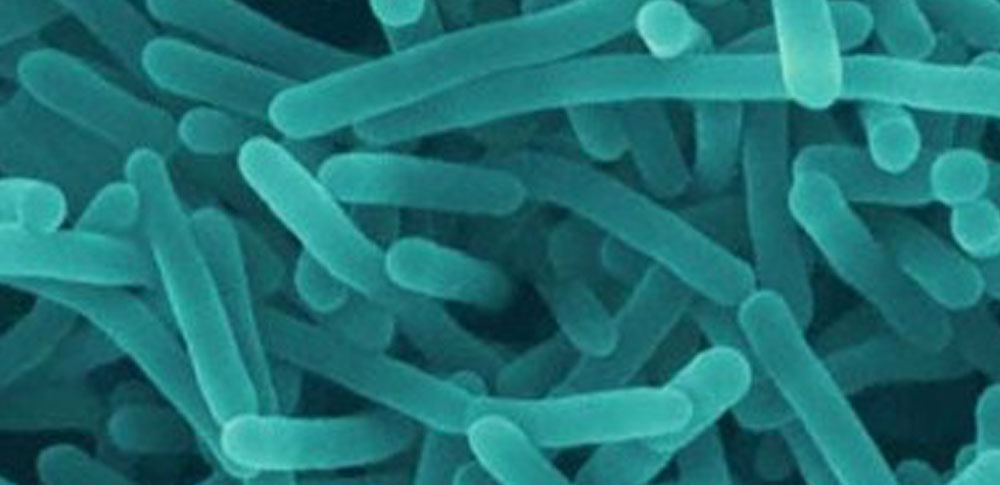This three year project took place between 2010 and 2013 to improve best practice for hygiene protocols in dairy factories.
Practical implications for stakeholders
The microbial safety of dairy products is a fundamental requirement. The detection of pathogens in dairy foods results in costly product recalls, loss of consumer confidence and a loss of market reputation which extends to the whole industry.
While pasteurisation eliminates pathogens from raw milk, the on-going and common occurrence of pathogens in areas surrounding milk processing equipment remains a significant risk for dairy product safety. It is only a short distance for pathogens to migrate from environmental surfaces such as floors, walls and conveyers to reach product contact surfaces. The opportunities for this to occur are real and continual vigilance is required, irrespective of a history of good product compliance.
For the scientifically minded
Listeria monocytogenes and Cronobacter spp. Are two pathogens that can be problematic in dairy factory environments. These were cultured in conditions that replicate those of a dairy factory. It was found that:
-
-
- Both pathogens remained viable for up to four weeks in many conditions, even after applying a cleaning product, so the use of an effective sanitiser is recommended
- Mechanical action (scrubbing) did not reduce pathogen numbers
- Out of the ten sanitisers tested, the product Profoam was the most effective
- Increasing the concentration of product was more effective for reducing bacterial numbers than increasing the application time
- The type of surface (e.g. glazed/extruded tiles, linoleum, stainless steel) was important, in both the growth of bacteria and the ease of their removal by cleaning or sanitation
-
How does the industry benefit?
The new knowledge obtained from this project enables companies to better control two pathogens (L. monocytogenes and Cronobacter spp.) that can be problematic in dairy factory environments. They can do so by to implementing changes to their operational, cleaning and sanitation practices. The opportunity is for manufacturing sites to maintain the highest possible hygiene standards by adopting the best practice demonstrated by rigorous, independent science.
Project details
Project date: Aug 2010 to July 2013
Partner organisations: CSIRO, Animal, Food and Health Sciences Division, Department of Environment and Primary Industries
Project identifier: INN-10-018
GDF Contribution: $208,718

